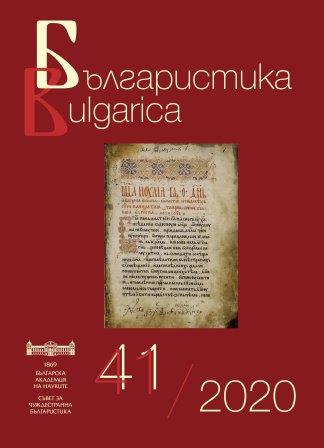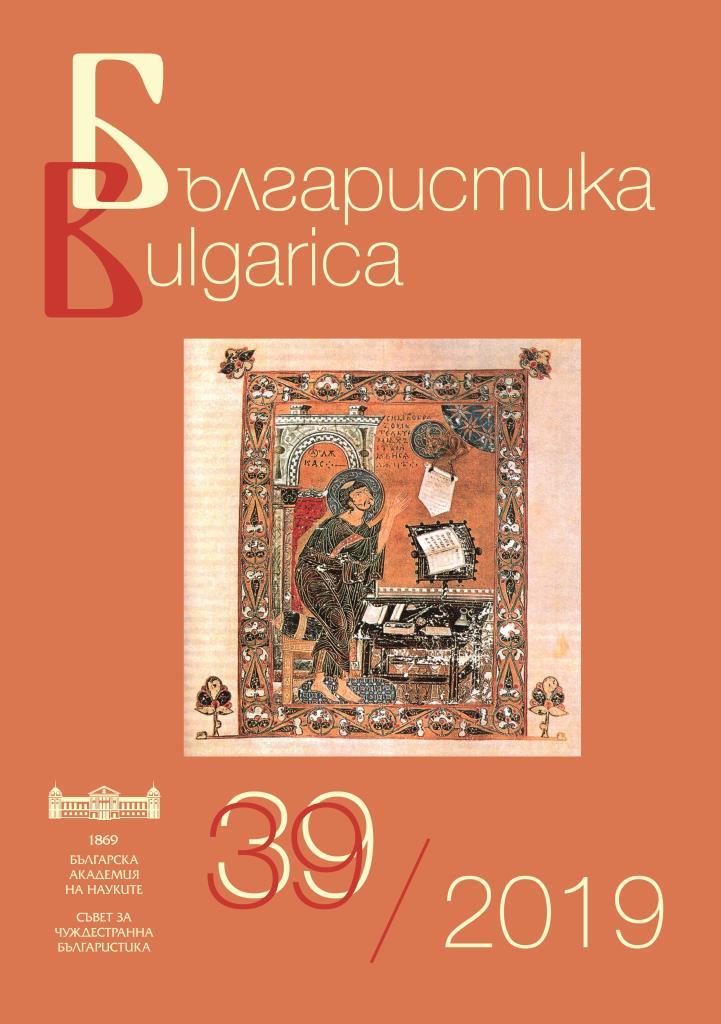
We kindly inform you that, as long as the subject affiliation of our 300.000+ articles is in progress, you might get unsufficient or no results on your third level or second level search. In this case, please broaden your search criteria.

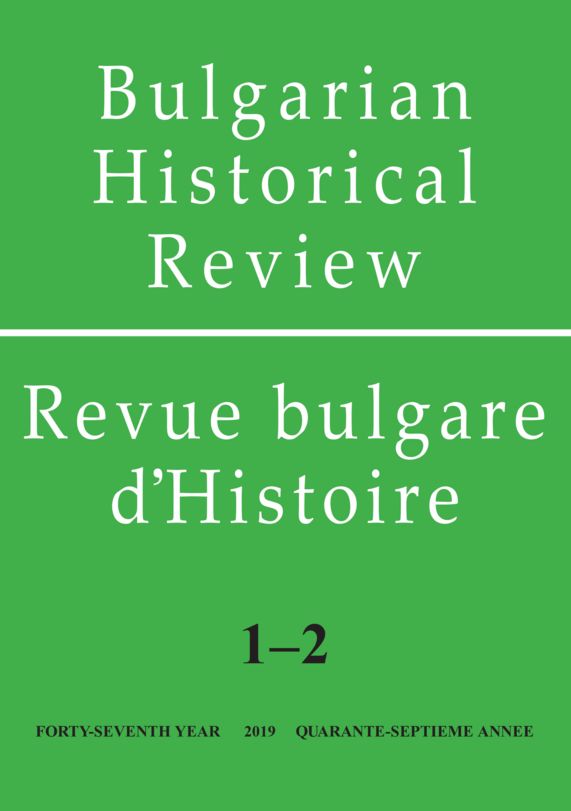
The purpose of this publication of individual fragments of the diplomatic diary of H. Rakovsky, prepared by the drafters, is to convey to the general scientific community the diary entries of a prominent Soviet diplomat, which have remained unknown until today. The diary reflects the initial period of Rakovsky’s stay in Paris after his appointment as Ambassador Extraordinary and Plenipotentiary of the USSR to France. The published document is an important element for understanding the general picture of the Soviet Union’s foreign policy in relation to France and England in 1923–1927 – in general, those nuances that always remained behind the scenes of official negotiations, signing declarations and treaties, as well as for understanding the role of the a particular Soviet diplomat in these processes.
More...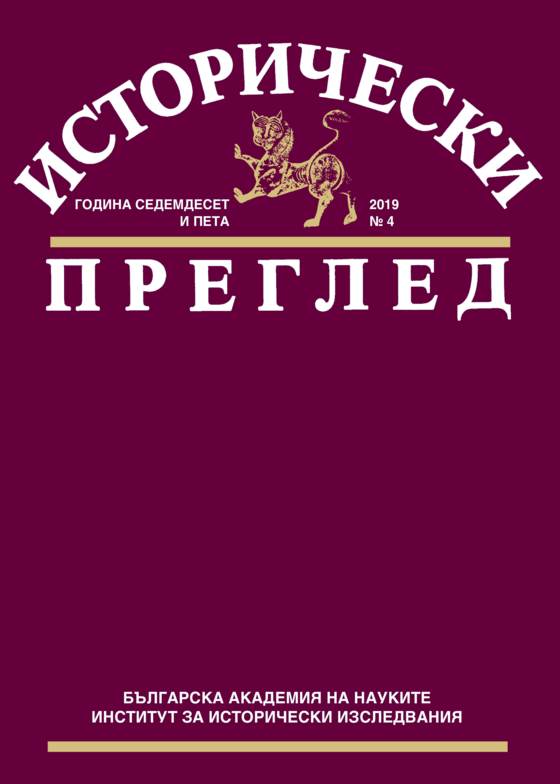
Anniversaries have always been a good occasion to look back in time and take stock of what we have done, and what is left unfinished. However, when the Jubilee has ninety years of life experience behind him, of which more than sixty have been devoted to historical science, with dozens of books and hundreds of articles and studies published, the balance is truly full-blooded and the anniversary worthy of note. Prof. Nikolay Zhechev, who is referred to in this article, is undoubtedly a deserving, dignified but humble scientist who does not like when people make a lot of noise about his name and thus place him in the spotlights. However, his numerous historiographical works and his significant contributions in various fields of the history of the Bulgarian National Revival oblige us to briefly dwell on what he has done. The article chronologically traces the key moments in his life, his scientific career, and the major thematic circles in which he works. It also draws attention to Zhechev‘s major contributions to the research of the history of the settlement of Bulgarians north of the Danube River and their cultural and political activities. The article also notes his writings on the literary, spiritual and educational activities of Bulgarians from the period of our National Revival, as well as on their revolutionary-political deeds for national liberation.
More...
Prof. ScD Vitka Toshkova is one of the most prominent contemporary Bulgarian historians. Her scientific interests are related to the political and diplomatic history of Bulgaria and the country’s place in the system of international relations, and in particular in the politics of Germany, the USA and the USSR / Russia in the 20th century. Prof. Toshkova’s 80th anniversary, which coincides with the 50th anniversary of her scientific activity, is a great occasion to recall the life path she has traveled so far, as well as to highlight the contributions of her research, with a focus on her recent publications.
More...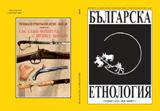
The article presents a constructional analysis of old building practices in the region of Gabrovo. Some of the few remaining authentic buildings at the age of370 – 120 years were examined during a field study entitled “The Building Crafts of the Balkan Mountains“ and organized by the association of Meshtra – TraditionalKnowledge and Crafts and the Open Air Ethnographic Museum “Etar“ on July 20 – 22, 2018. Most of these buildings are in extremely bad condition and partially destroyed. Despite their authenticity and age, they are not recognized as cultural monuments. The focus of the study is on the building practices in choosing material, its preliminary processing, the positives and negatives of the building practices used in that period. The article compares the masonry techniques used for the building of the houses studied, other practices used abroad in the same period and the contemporary norms of masonry constructions. The information here presented could be used for the successful restoration of buildings from this period and for the profound understanding of the former construction materials and techniques.
More...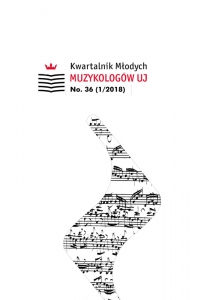
The history of the organs in the Cistercian Abbey in Kraków-Mogiła has not been studied so far. The article elaborates this topic based on the results of an archival query. Most of the sources are preserved in the Cistercian Archive in Mogiła. Examining them, the author discusses the history of instruments in the monastic church and in the former St Bartholomew church. On the basis of the sources, it was stated that at least in the 18th century the monastery church was equipped with two pipe organs. This fact has not been pointed out so far by researchers. The following article is supplemented by archival photographs.
More...
The Archive of St Joseph’s Convent in Kraków contains a collection of musical manuscripts, which have not been studied before. Among books of liturgical use, such as graduals and antiphonaries, there are also small cantionales, full of canto fratto repertoire. The majority of these sources originate from the Convent of Bernardine Nuns in Kraków; however, there are also at least two manuscripts from the Convent in Wilno. The aim of this paper is to present canto fratto repertoire of Benedicamus Domino found in the 18th and 19th century liturgical manuscripts from the Convent of Bernardine Nuns in Kraków. The author indicates sources of studied melodies based on the wide range of liturgical manuscripts from the 18th and 19th centuries—especially from convents of Bernardine Nuns in Poland, as well as from the Convent of Benedictine Friars in Staniątki—and compares it to the dispersal of canto fratto settings of ordinarium missae. Finally, the paper presents complete index of Benedicamus Domino melodies in the annex.
More...
Infant prodigies were a common phenomenon in the 19th century. They astonished the audience not only through their impressive abilities, but also the innocent beauty and the youthful grace. The perfect example of this is Apolinary Kątski (1826–1879), a violin virtuoso and a composer, known mainly as the founder of the Institute of Music in Warsaw, who, since he was three, was recognizable in concert halls all over Europe.According to the author, the early stage of the violinist’s activity requires more attention. The presented article sketches the path of young Apolinary’s life from the moment of his first performance in 1829 to May 1838, when he was granted with the famous recommendation of Niccolò Paganini. It introduced him to numerous concert halls of Europe and positively influenced his further artistic activity. The hereby presented paper makes an attempt to find out the date and place of birth of Kątski in the context of the rich musical activity of his family members. It also shows the first artistic tours of the young virtuoso against the background of his artistically talented siblings: a violinist Karol, pianists Stanisław and Antoni, and a singer Eugenia. The crucial moment are reflections on the stay of the family in Paris and their first performances in the musical centre of Europe as well as contacts of the young violinist with Niccolò Paganini.The studies on the correspondence of the father of the virtuoso, Grzegorz Kątski, and research on the foreign newspapers let the author reconstruct the life of Apolinary Kątski in the very first stage of his musical activity and place him in the context of infant prodigies of the 18th and 19th centuries.
More...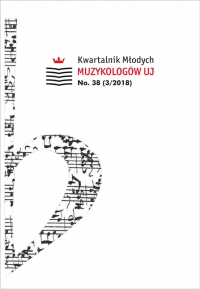
This article explores the newly discovered account books of the Lviv Uniate Musical Chapel of the Bishop Leon Szeptycki. The main stay of this musical chapel was the architectural complex of the Cathedral of St George in Lviv. Today, two account books are stored in the department of old books and manuscripts of the Andrey Sheptytsky National Museum in Lviv in the archives of the Lviv bishops; they cover the years 1760–1779. In the first two parts of the article, the author investigates the issues of the founding of the musical chapel and its place of activity. In the third part, there is a list of musicians who were members of this chapel over the years. In addition to the names and surnames, their positions, years of employment, musical instruments which they played and details of their biography are indicated. In the next part, there is a list of pupils of the chapel. It appears that the total number of pupils ranged from 2 to 14. Adult musicians and pupils played various instruments: harpsichord (“klawicymbaly”), clavichord (“klawikort”), organ, violin, alto, viola da gamba (“kwartviola”), cello (“basetla”), oboe, bassoon, trumpet and horn; there were singers as well. In the fifth part, the author specifies in what way the Lviv Uniate musical chapel was financed. In the next part, both the church and the secular musical repertoire of the musical chapel are described. In this section, also information from the Warsaw periodicals are used. In the seventh part, the collaboration of the Uniate music chapel with other chapels and monastic orders, Jesuits, Dominicans and Conventual Franciscans is explored. In the last part, the author examines the information about the human settlements that are found on the pages of the account books.
More...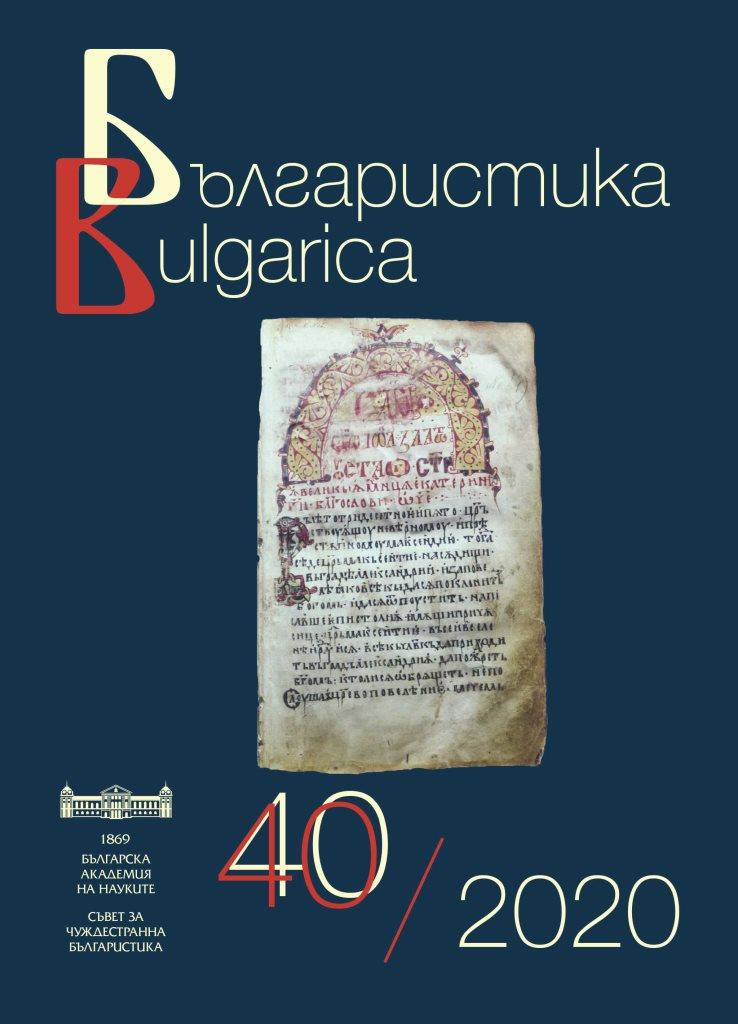

Defended PhD theses in Bulgaria in the field of linguistics, literature, history, folklore, ethnography and art studies
More...



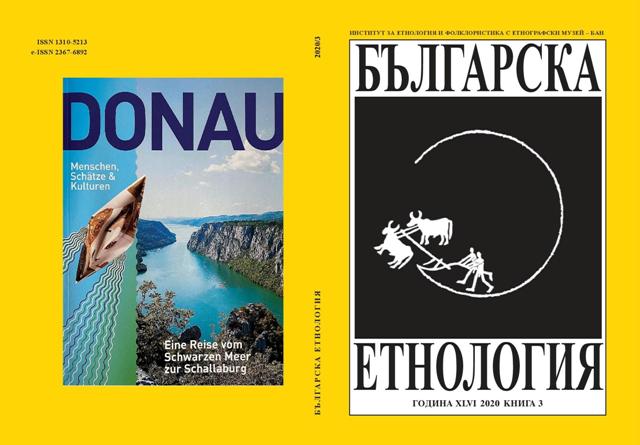

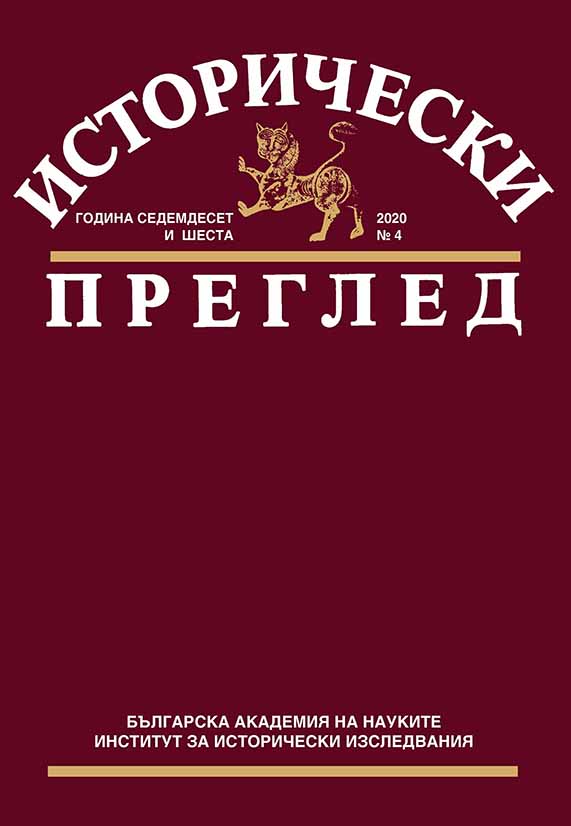
The study traces some cases of inaccurate and mistakenly recorded museum artefacts between the 1950s and 1970s. The main object is the Archive of the hero in the Serbian-Turkish and Russo-Turkish wars 1876–1878 Major Raycho Nikolov, but other precious exhibits accepted in the same time are also considered as analogical examples. It is unclear in the present documentation how and when these cultural valuables reached the Museum. For the first time the registration books and some other documents of the previous communist Museum of the Revolutionary Movement are used as a historical source.
More...